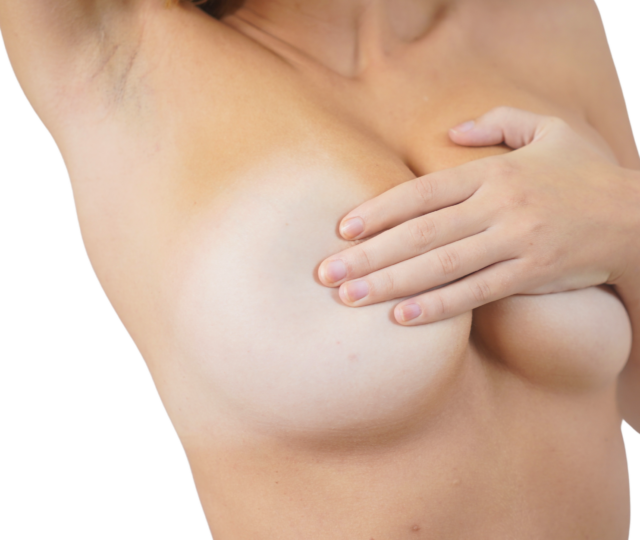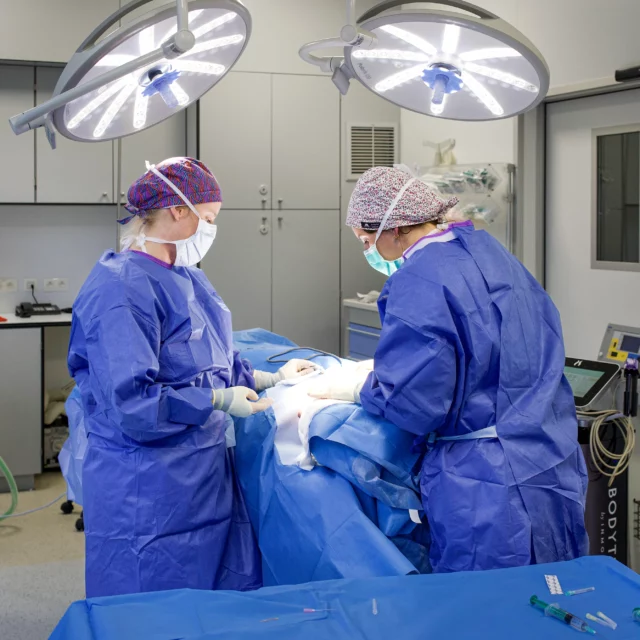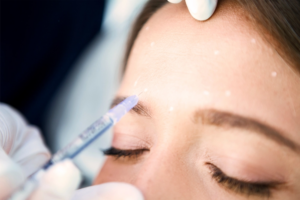What is an umbilicated nipple?
Umbilical nipples are also known as invaginated or retracted nipples. Specifically, the nipple is retracted inside the areola rather than protruding. There are three stages:
- Stage 1: The nipples can be externalized by exposure to cold or stimulation, and remain externalized for a few moments.
- Stage 2: The nipples can be externalized by manual traction, but retract almost instantly.
- Stage 3: The nipples never emerge and require surgery.
The causes of inverted nipples vary and can include congenital factors, pregnancy-related changes, trauma, or even underlying medical conditions. Umbilical nipples can affect breastfeeding and cause psychological problems related to appearance.
What treatments are available?
Breast surgery can correct umbilicated nipples, enabling you to regain self-confidence and improve your well-being. It can also make breast-feeding easier for women who previously had difficulties due to inverted nipples.
This procedure is usually performed under local anaesthetic or sedation. The incision is made at the base of the nipple, allowing the surgeon to release the deep adhesions that pull the nipple inwards. Once these adhesions have been released, the nipple returns to its normal position.
The skin is then carefully sutured, leaving a minimal scar. The procedure is fast and the results immediate. Choosing a qualified and experienced surgeon is crucial to the success of the operation.
The benefits of umbilical nipple surgery
- Restoring the natural appearance of nipples
- Improved functionality for breastfeeding
- Immediate results with minimal scarring
- Boosting self-confidence and well-being

Frequently asked questions
What causes umbilicated nipples?
Genetic factors: Like eye color or nose shape, breast size and shape can be determined by genetics.
Hormonal changes: Puberty, menopause and menstrual cycles can influence breast size and shape.
Life events: Pregnancy, breastfeeding and weight changes can lead to changes in the breast, sometimes accentuating asymmetry.
Can umbilicated nipples cause breastfeeding problems?
Yes, in some cases, invaginated nipples can make breastfeeding difficult, as the baby may have difficulty grasping the nipple properly.
Is surgery the only option for correcting umbilicated nipples?
No, there are non-surgical methods such as the Niplette method, which uses a suction device to help bring out the nipple. However, surgery offers a more permanent solution.
Is umbilicated nipple surgery painful?
As with any surgical procedure, there may be some discomfort afterwards. However, pain is generally manageable with pain medication prescribed by the surgeon.
How long does it take to recover from umbilical nipple surgery?
Most patients can return to their normal activities within a few days, although specific precautions must be taken to avoid pressure or trauma to the operated area.
Can umbilicated nipples return after surgery?
It is rare but possible for invaginated nipples to return after surgery, particularly if the underlying cause is left untreated.
Are there any risks associated with umbilical nipple surgery?
As with any surgery, there are risks such as infection, bleeding, abnormal scarring and reactions to anesthesia. It’s essential to discuss these risks with your surgeon.
Does umbilical nipple surgery affect nipple sensation?
Nipple sensation may be temporarily impaired after surgery, but usually returns to normal over time.
Your journey in 3 steps
- Consultation
- Surgery
- Post-operative follow-up



At a glance
1 to 2 hours
On an outpatient basis
After 1 day
A few weeks
1 to 2 weeks
A few days
A few days
After 1 week
After 4 to 6 weeks
4 to 7 days
1 day
The result
After the procedure, you’ll regain prominent nipples that look natural and in harmony with your breasts. This correction can also facilitate breast-feeding if necessary, while improving your well-being and self-confidence.
Results are visible immediately, but complete healing takes a few weeks. Rigorous post-operative follow-up ensures optimal recovery and lasting results.




